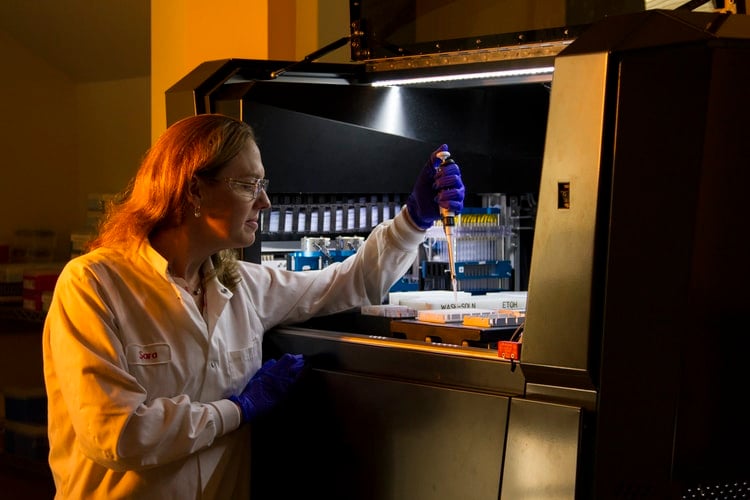University of New South Wales has successfully grown human pancreatic cancer tumors in a laboratory in a first of its kind model.
Researchers grow tumor cells in a pretri dish
Researchers from UNSW achieved important milestone which will be vital in the pancreatic cancer fight. Renowned cancer biologist Associate Professor Phoebe Philips led the multi-disciplinary medical team of researchers in growing a complete human tumor model in a lab.
Interestingly, the model can stay intact for around 12 days and this provides a complete view of the tumor. This is an approach with great potential for testing the impact of a variety of cancer drugs and also provides an opportunity for targeted treatment approaches to patients in the future. The researchers published the findings of the study in Scientific Reports.
Professor Phillips set the challenge of creating such a model on UNSW Scientia Ph.D. student John Kokkinos at the start of his Ph.D. Kokkinos who received a Tour de Cure Ph.D. support scholarship for the project said that currently there are limited tumor models. He said that among the current therapeutic testing gold standard models are giving mice pancreatic cancer and then testing different treatments on them. However, the mice tumors often don’t mimic perfectly the disease biology as in humans.
The approach focused on growing tumor surrounding cells
Kokkinos said that the vision of the project was taking human pancreatic tumor and keeping it alive in a petri dish. Keeping the tumor alive in the dish could allow the team to test which is the best chemotherapeutics it could respond to. Most importantly, the research’s approach was not just growing the tumor cells but also the surrounding area. Therefore this makes the approach different from the conventional scientific approach that employs organoid.
Currently, organoids are one of the hottest topics in cancer research and it involves isolating tumor cells and then leaving them to form little 3D tumor masses. Kokkinos said that this approach means one is left with tumor cells and no surrounding cells such as scar tissues, immune cells, and blood vessels.


